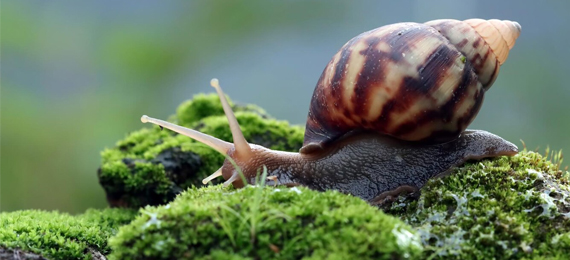
All of us are familiar with the fact that snails move extremely slowly. We call someone who acts slowly “moving at a snail’s space.” But apart from the slow movement, snails have various other fascinating characteristics. They are gastropods with shells, into which they can retract whenever necessary. In this blog, let’s take a peek at 13 interesting facts about the snail. Many people get confused between slugs and snails. Do you want to know how slugs and snails are different?
Snail Facts
Where Do Snails Live?
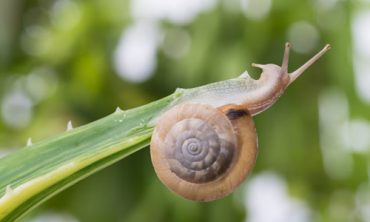
- There are about 150,000 species of snails worldwide, and they are not restricted to a particular habitat or climate. These creatures can live anywhere in the world and can move through the sharpest rock without hurting themselves due to the slimy mucus they produce. This mucus is a jelly containing water mixed with carbohydrates, proteins, and minerals.
- Based on the locations they dwell in, the creatures are broadly classified as
-
Land Snails
Examples: Garden snail, Roman snail, Milk snail, and Giant African Land snail
Snails are restricted to a particular habitat or climate.
- A. True
- B. False
-
Freshwater Snails
Examples: Rabbit snail, Golden Apple snail, and Mystery snail
-
Sea Snails
Examples: Triton’s Trumpet, Violet Sea snail, and Geography Cone snail
Since we are talking about sea creatures, you might find these amazing facts about sea turtles interesting!
How Long Do Snails Sleep?
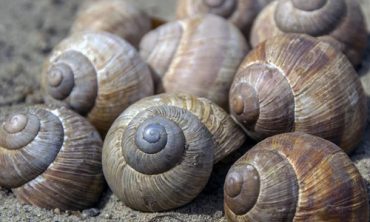
They require 13-15 hours of daily sleep. When the habitats they live in lose moisture and get too dry for survival, the creatures hibernate for as much as 3 years to secrete enough moisture and mucus for their survival. They usually sleep by coiling into their shells to protect themselves from predators during hibernation. Have you heard of the animals that freeze and come back to life?
The Shells of Snails

- Snails are physically attached to their shells from birth and die if the shells are removed. They protect the creatures from predators and external damage. The shells also serve as a place for calcium storage.
- A snail’s shell is coiled in a spiral pattern around the “columella,” which is the central axis. Usually, a snail can withdraw its head and foot into its calciferous shell. However, the shells of many species of snails are so small that they cannot withdraw the whole body into the shells.
Growth of Snails
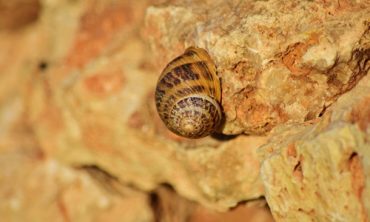
- Snails need a lot of water and protein to grow to their full size. Some of them reach their full height within a year. The availability of food and environmental temperature are some factors that determine the growth of the creatures. Some of the largest snails weigh nearly 2 pounds! And, a few aggressive species can grow up to 1 foot, and their main diet consists of starfish. However, do you know that the smallest snail could fit through the eye of a needle?
Food Habits of Snails
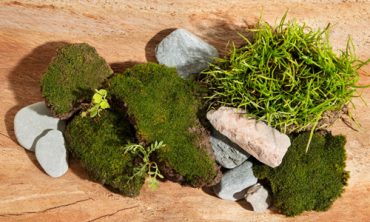
- The feeding behavior of snails mostly depends on how hungry they are, and most snails like to eat together as a group. Among all animals, snails have the highest number of teeth. While at it, you may like to know the weirdest fact about human tongue.
- Some species are herbivores, while others are carnivores or omnivores. Some of the foods that these creatures consume are given here:
- Vegetation
- Juicy fruits like apricots
- Worms
- Fungus
- Algae
- Animal and plant wastes
- Other snails
How Are Snails Used by People?
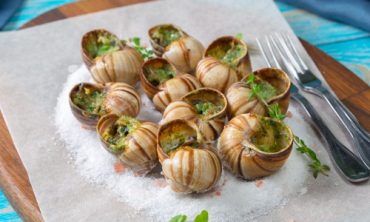
- While snails are consumed worldwide during famines and droughts, their eggs are considered a delicacy in a few places. In , they are popular street foods, and they are cooked and served in their shells. The cooked snails are scooped into bowls, along with broth, and consumed hot. Some edible land snails are also referred to as “escargot.”
- You might find it surprising to know that these creatures are also used in the beauty and skincare areas. Most Korean beauty merchandise consists of snail secretions which are found to regenerate new skin cells by boosting the system. The creatures are even used in treatments for cuts and open wounds. In fact, ancient Greeks and Romans used to consume snails to cure a number of ailments!
Are Some Snails Poisonous?
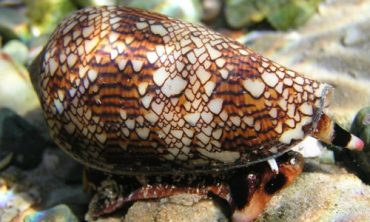
Here are more facts about the snail that will make a fascinating read!
- Some species are venomous. For example, cone snails contain vicious poison that can render their prey immobile in one or two seconds. The poison might differ between different species of cone snails, but some of the poisons can even be a mixture of 100 toxins!
- Certain freshwater snails contain parasitic worms, which leave the creature’s body and enter the water. When a person wades or bathes in this water, the parasitic worms enter their bodies through the skin and cause diseases. Some of these diseases are strong enough to cause death! Thus, you can see that snails can be dangerous at times. Talking about dangerous animals, you might find the world’s dangerous animals fascinating!
What Poses Danger to Snails?
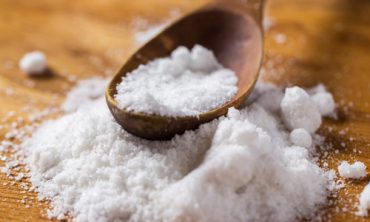
- If you put salt on a snail, it will die because its body cannot process it. Salt draws the water from the creature’s skin, thereby dehydrating it. So, be very cautious if you have a pet snail at home, and ensure it doesn’t come in contact with salt.
Are Snails Symbols of Joy?
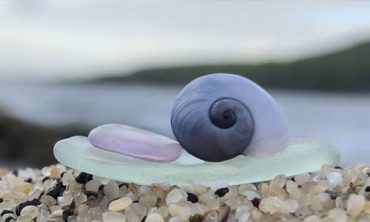
- In pre-Columbian America, the creatures were considered symbols of joy! Sea snails signified rebirth for Mesoamericans, who claimed that their whirl-shaped shells depicted the circle of life.
How Do Snails Reproduce?
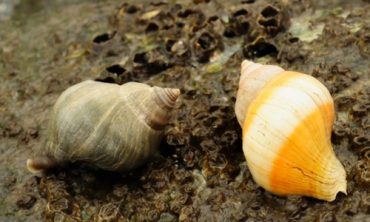
Snails are hermaphrodites, i.e., an individual snail has both male and female reproductive organs. Therefore, these creatures can reproduce sexually or asexually depending upon the environmental conditions. They can lay up to 100 eggs at a time, and at least ⅓ of them die in the process.
How Long Do Snails Live?

Small species can live around 2 to 3 years, while larger species live for 7 to 10 years in the wild. The lifespan of snails in captivity is up to 25 years.
We hope you found our facts about the snail interesting. To refresh your memory on these facts, answer the Quiz on this page.